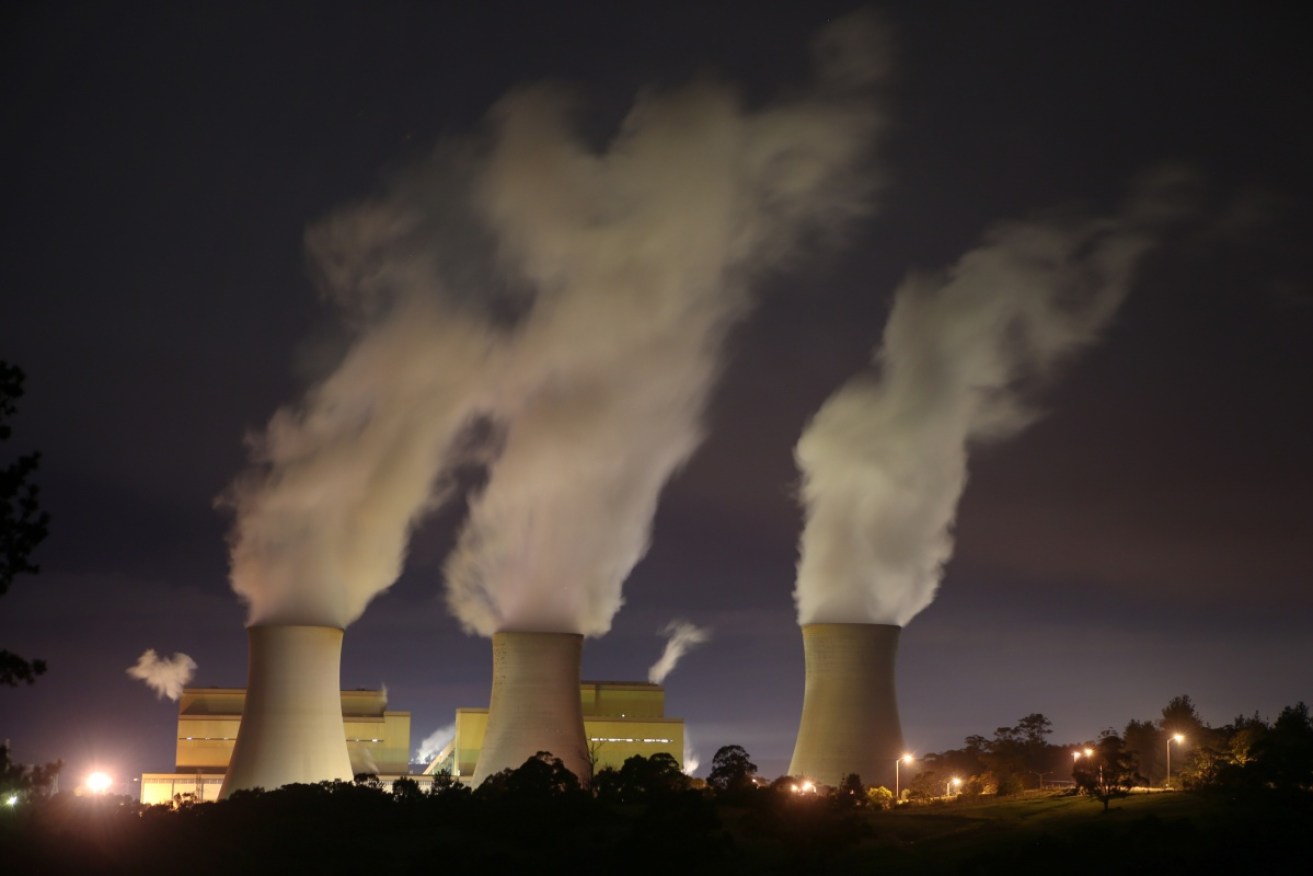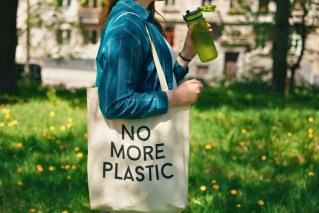Researchers think they have a rock-solid solution to atmospheric carbon pollution

Carbon-laden smoke pours into the atmosphere, but science may have a planet-saving solution.Photo: AAP
A California startup using rocks to soak up carbon dioxide from the air has teamed up with a Canadian company to mineralise the gas in concrete, a technological tie-up they say could provide a model for fighting climate change.
UN scientists say removing billions of tons of carbon dioxide already in the atmosphere, as well as cutting current emissions, will be necessary to limit climate change.
Companies are springing up to do both.
Heirloom Carbon Technologies delivered about 30 kg of CO2 collected from the air around the San Francisco Bay area to neighbouring Central Concrete, a Vulcan Materials’ subsidiary that on Wednesday incorporated the gas into new concrete.
That’s equivalent to tailpipe emissions of driving about 120 km in a car.
The joint effort between Heirloom and Canada’s CarbonCure Technologies was the first time that carbon dioxide absorbed from the atmosphere using Direct Air Capture (DAC) technology had been secured in concrete, where the CO2 will stay put for centuries, several scientists said.
Concrete evidence
Because concrete is so widely used, it has great potential for absorbing CO2, if the process works and goes global.
Heirloom heats crushed limestone to release naturally absorbed CO2, then puts the CO2-starved rock on columns of huge trays, where they act like sponges, soaking up close to half their weight in the gas over three days. The rock is then heated to release the collected ambient carbon dioxide, and the cycle repeats.
“Limestone has this natural ability to pull carbon out of the atmosphere. The problem is it’s just slow. So what we do here is just give it more superpowers to make it pull carbon much, much, much faster than it otherwise would,” said Heirloom CEO Shashank Samala.
CarbonCure, the concrete technology company, then mixes CO2 with concrete ingredients, turning it into a mineral that strengthens the concrete, cutting the need for cement — the part of concrete with the biggest carbon footprint.
Capturing and locking down carbon on a global scale will not be easy though: companies like Heirloom will have to build expensive, massive plants capable of capturing millions or billions of tons a year.
“To remove a billion tonnes from the air we need in the order of mid-hundreds of billions of dollars,” said Samala, who expects funders of solar, buildings, transmission towers and other infrastructure to finance carbon infrastructure, too.
The price of carbon also needs to fall. The US government and industry broadly see $100-a-tonne carbon dioxide as a reasonable price for broad deployment. Heirloom charges around $1,000 now; Samala expects to be at $100 by the time his projects are soaking up millions of tons a year.
Concrete itself is controversial: it is the most used building material in the world, and accounts for about 8 per cent of global emissions of carbon dioxide, including those of its main binding agent, cement.
Even using the new technology leaves it as a huge net emitter with a difficult path to zero emissions, without raising prices.
However, concrete’s ubiquity is attractive, because there are few places to securely hold carbon dioxide at present. “It is a really thoughtful way to get around the current bottleneck of storage for DAC,” said Anu Khan, deputy director of science at climate advocacy group Carbon180.
-AAP








